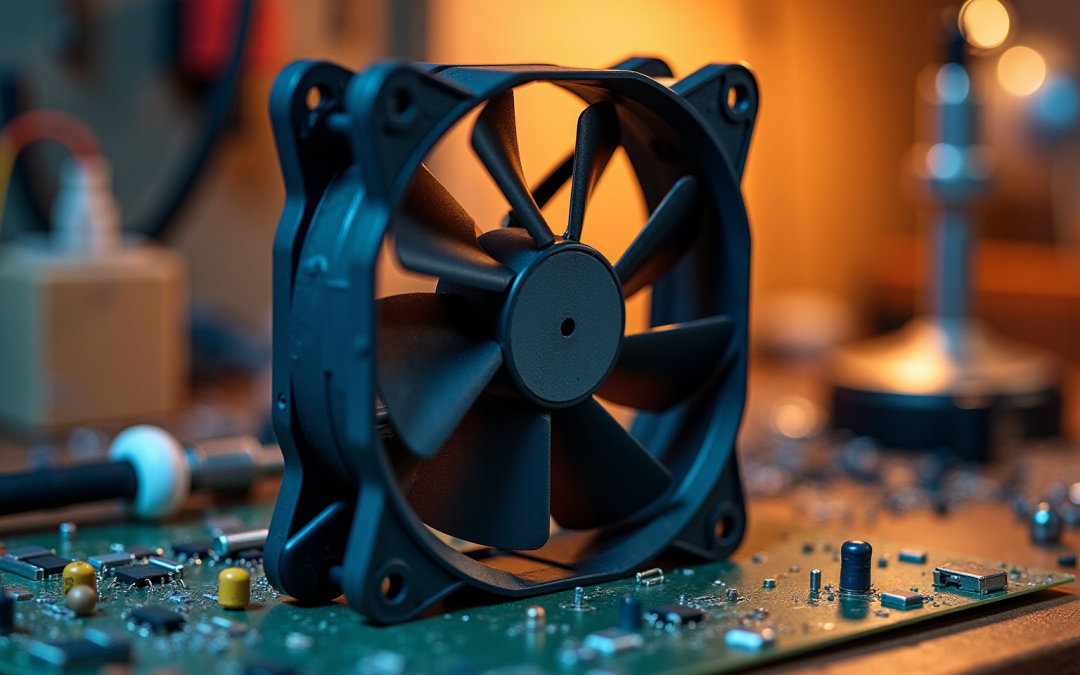Overview
Choosing reliable fan suppliers in the electronics sector is crucial for operational success. To make informed decisions, it is essential to evaluate supplier capabilities, assess product offerings, and understand industry standards. Key criteria include:
- Product range
- Technical expertise
- Quality assurance
- Compliance with safety and energy efficiency standards
These factors collectively ensure that selected suppliers can effectively meet specific operational needs. By adhering to these best practices, organizations can secure partnerships that enhance their competitive edge in the marketplace.
Introduction
Selecting the right fan supplier significantly influences the performance and reliability of electronic devices, making this a critical decision for engineers and manufacturers alike. Understanding essential factors such as airflow needs, noise levels, and supplier capabilities is paramount; professionals must ensure they choose a partner that meets their specific requirements. However, with a multitude of options available, navigating the complexities of supplier evaluation and compliance can be daunting.
How can one make an informed choice in this intricate landscape? This article delves into best practices for selecting reliable fan suppliers in the electronics industry, offering insights designed to streamline the decision-making process and enhance overall product quality.
Identify Key Requirements for Fan Selection in Electronics
When selecting a fan for electronic applications, it is essential to identify the key requirements that will influence your decision. Consider the following factors:
- Airflow Needs: Assess the necessary airflow, measured in CFM (cubic feet per minute), based on the heat produced by the electronic components. Gagner-Toomey Associates offers a diverse range of DC input Tube Axial models, ranging from 15 to 280mm, optimized for performance and efficiency, ensuring that your device can effectively cool the system.
- Static Pressure: Analyze the static pressure requirements, especially in scenarios where airflow may be obstructed by filters or other elements. Gagner-Toomey’s devices with higher static pressure capabilities are designed to address these needs proficiently.
- Noise Levels: Consider the acceptable noise levels for your specific application. Gagner-Toomey provides units optimized for low noise, allowing you to select a model that meets your operational needs without sacrificing performance.
- Size and Form Factor: Ensure that the fan fits within the physical constraints of your design. Gagner-Toomey’s extensive range includes miniature blower and fan solutions starting from 15x3mm, facilitating the selection of a suitable option for confined spaces.
- Power Consumption: Evaluate the power requirements of the fan to ensure alignment with your system’s energy efficiency objectives. Gagner-Toomey’s products are engineered with energy efficiency in mind, aiding you in achieving your operational goals while ensuring effective cooling.
- IP Protection: Take into account the IP protection available in most models, which can enhance the durability and reliability of the fan across various environments.
- Thermal Management Solutions: Explore Gagner-Toomey’s innovative thermal management solutions, including extruded aluminum heatsinks, copper-based heat sinks, and liquid cooling options, to guarantee comprehensive cooling for your electronic devices.
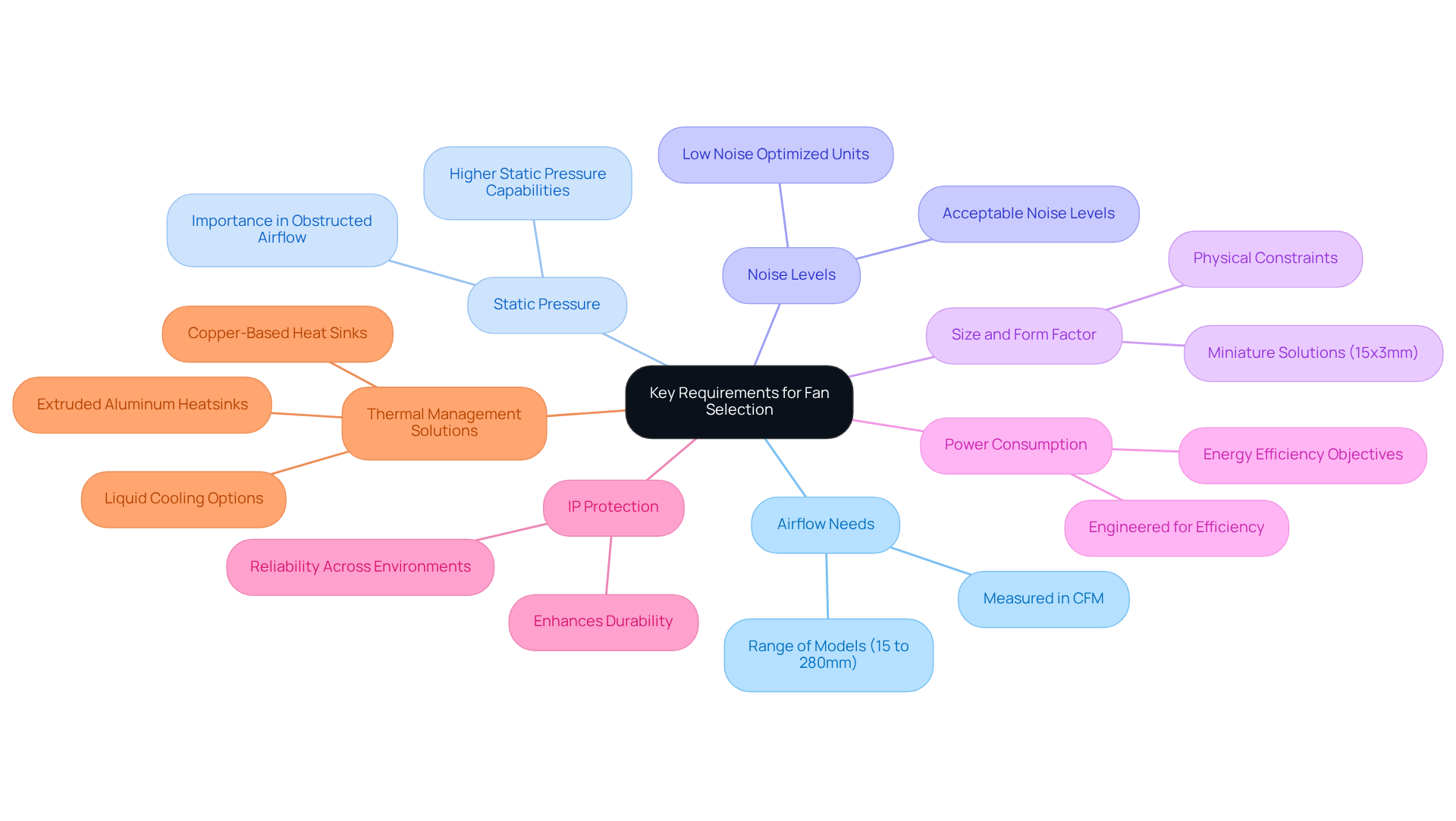
Evaluate Supplier Capabilities and Product Offerings
When evaluating potential fan suppliers, it is essential to consider several key aspects to ensure you make an informed decision:
-
Product Range: Begin by assessing the variety of fans offered by the supplier. A diverse product line from fan suppliers not only reflects the provider’s capability to cater to various applications but also indicates their adaptability to meet distinct needs.
-
Technical Expertise: It is crucial to seek vendors with a robust technical background. They should possess the ability to provide valuable insights and tailored recommendations based on your specific requirements, enhancing the overall decision-making process.
-
Customization Options: Evaluate whether the fan suppliers provide customization options for their fans. This flexibility can be vital for unique applications that necessitate specific features, especially in relation to fan suppliers, ensuring that the solution aligns perfectly with your operational demands.
-
Quality Assurance: Investigate the quality control processes of the fan suppliers thoroughly. Certifications such as ISO 9001 serve as indicators of a commitment to maintaining high standards, which is paramount in ensuring the reliability and performance of the products.
-
Lead Times and Availability: Finally, assess the provider’s lead times and stock availability. This evaluation is critical to ensure they can meet your project deadlines, thus preventing potential disruptions in your operations.
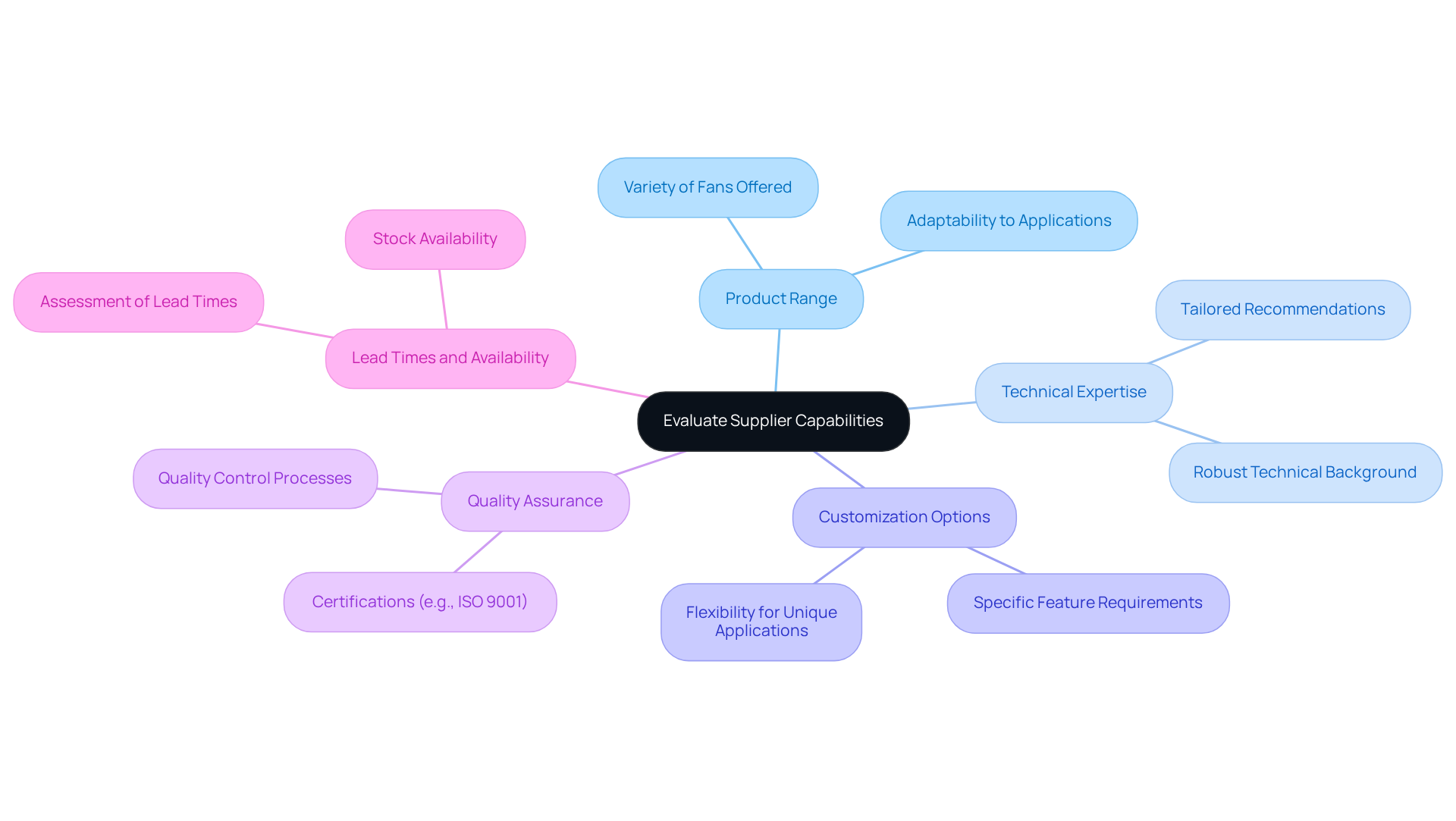
Assess Supplier Reliability and Support Services
To assess the reliability of potential fan suppliers, consider the following:
- Delivery Performance: Review the supplier’s track record for on-time deliveries. Consistent performance in this area is crucial for maintaining project schedules.
- Customer Support: Assess the quality of customer support offered by the fan suppliers. Quick response times and knowledgeable staff can make a significant difference in resolving issues.
- Warranty and Return Policies: Understand the warranty terms and return policies provided by fan suppliers. A strong warranty indicates confidence in product quality and provides peace of mind.
- References and Reviews: Seek feedback from other customers regarding their experiences with the fan suppliers. Positive reviews can be a good indicator of reliability.
- Performance Metrics: Look for fan suppliers that provide performance metrics for their units, such as efficiency ratings and operational lifespan, to ensure they meet your criteria.
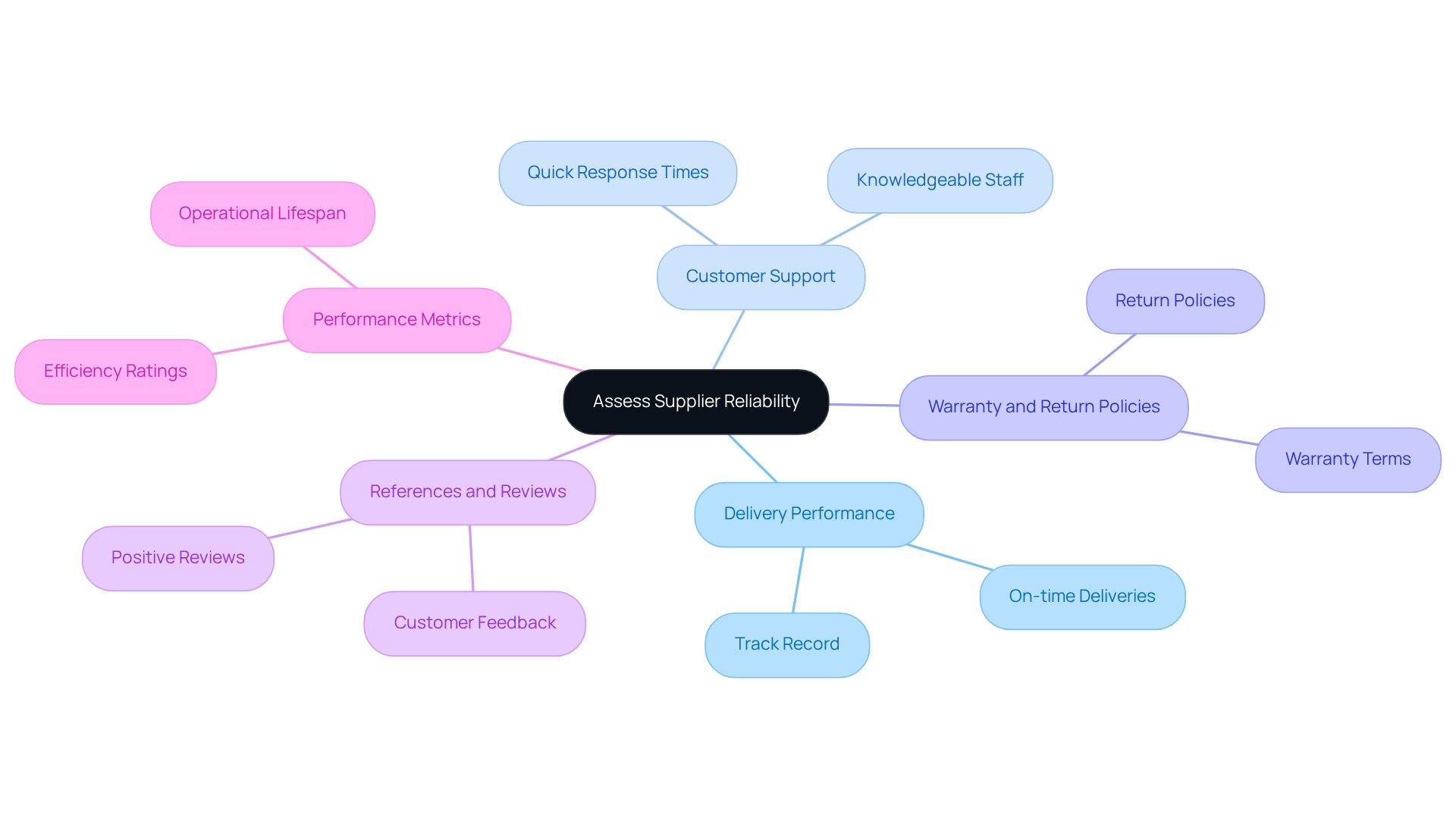
Understand Industry Standards and Compliance Requirements
When selecting fans for electronic applications, understanding the relevant industry standards and compliance requirements is crucial.
-
Safety Standards: It is essential to ensure that the fans comply with safety standards such as UL, CE, or RoHS. Compliance with these standards is critical for market acceptance and regulatory adherence.
-
Energy Efficiency Criteria: Familiarizing yourself with the energy efficiency criteria applicable to fans, such as the Fan Energy Index (FEI), can significantly assist in selecting energy-efficient products.
-
Environmental Regulations: Awareness of environmental regulations that may influence fan selection is important. This includes understanding restrictions on hazardous materials and energy consumption limits.
-
Documentation and Certification: Requesting documentation and certifications from vendors is vital to confirm adherence to relevant criteria. This documentation can include test reports and quality assurance certifications, ensuring that the selected products meet industry standards.
-
Updates on Standards: Staying informed about any changes in industry standards is necessary, as these updates may impact your product design or supplier selection.
By adhering to these guidelines, you can ensure that your selection from fan suppliers not only meets compliance requirements but also enhances the overall quality and efficiency of your electronic applications.
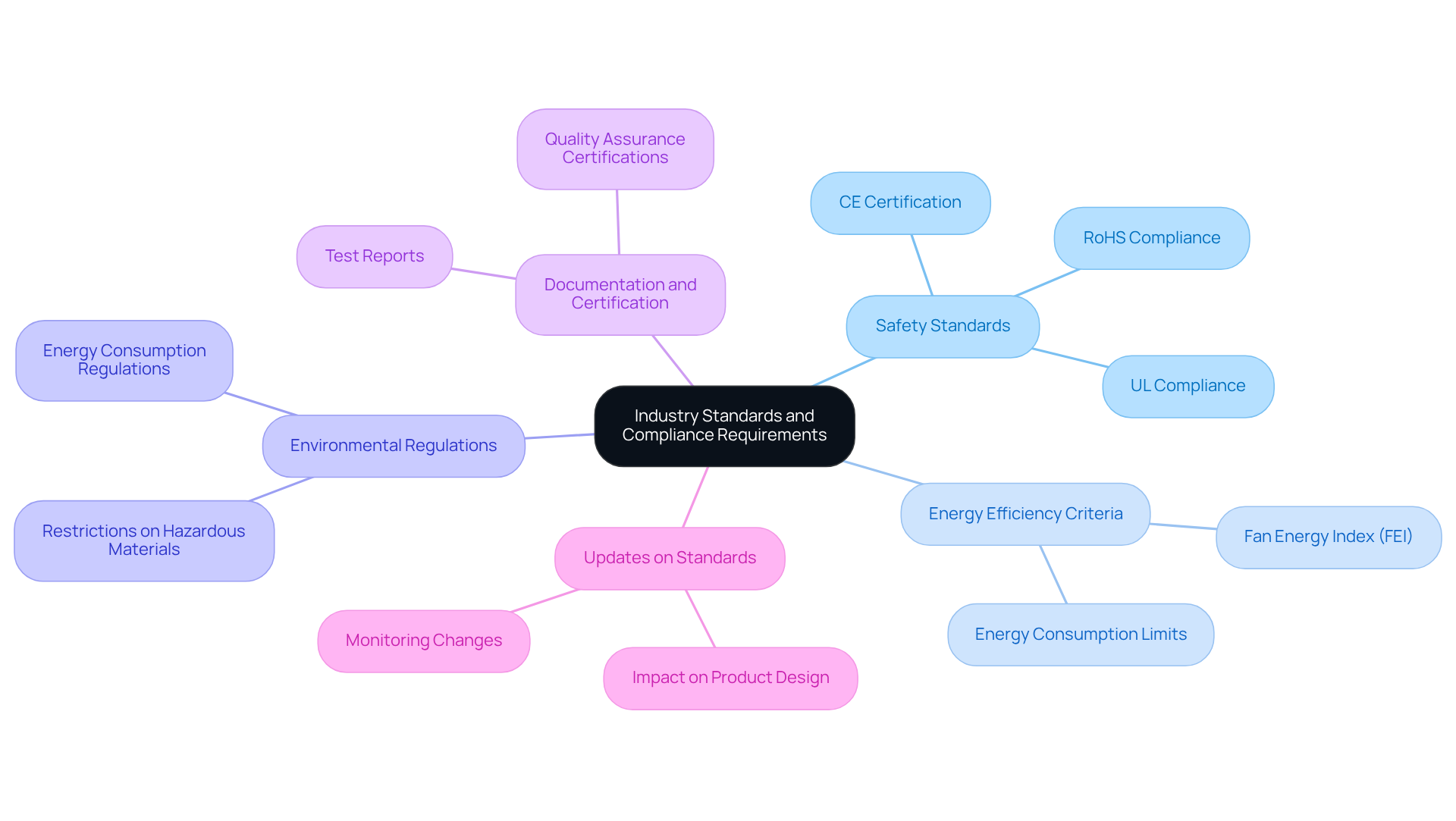
Conclusion
Choosing the right fan supplier in the electronics industry is not merely a decision; it is a critical factor that can significantly influence the performance and reliability of electronic devices. Understanding the essential criteria and best practices outlined in this article empowers stakeholders to make informed choices that align with their specific needs and operational objectives.
Several key factors must be considered when selecting a fan supplier:
- Identifying airflow and static pressure requirements is vital.
- Evaluating noise levels can ensure that the chosen solutions meet operational standards.
- Assessing the supplier’s product range and technical expertise is crucial.
- Ensuring compliance with industry standards is important.
- Understanding supplier reliability through delivery performance, customer support, and warranty policies is essential for maintaining uninterrupted operations.
Ultimately, prioritizing these best practices enhances the selection process and ensures that the chosen fan solutions contribute to the overall efficiency and effectiveness of electronic applications. By dedicating time to thoroughly evaluate suppliers and understand compliance requirements, organizations can secure reliable partnerships that support their long-term success in a competitive market.
Frequently Asked Questions
What are the key factors to consider when selecting a fan for electronic applications?
The key factors include airflow needs (measured in CFM), static pressure requirements, noise levels, size and form factor, power consumption, IP protection, and thermal management solutions.
How is airflow measured and why is it important?
Airflow is measured in cubic feet per minute (CFM) and is important because it relates to the heat produced by electronic components, determining how effectively the fan can cool the system.
What should I consider regarding static pressure when selecting a fan?
It is essential to analyze static pressure requirements, especially if airflow may be obstructed by filters or other elements. Fans with higher static pressure capabilities can address these needs effectively.
Why are noise levels an important consideration in fan selection?
Noise levels are crucial because they impact the operational environment. Selecting units optimized for low noise can ensure that performance is maintained without excessive sound.
How do I determine the appropriate size and form factor for a fan?
Ensure that the fan fits within the physical constraints of your design. Consider the dimensions of your space; Gagner-Toomey offers a range of miniature blower and fan solutions for confined areas.
What should I evaluate regarding power consumption for a fan?
Evaluate the power requirements of the fan to ensure they align with your system’s energy efficiency objectives, as efficient power consumption contributes to overall operational goals.
What is IP protection, and why is it relevant for fans?
IP protection refers to the Ingress Protection rating that indicates the durability and reliability of the fan in various environments. It is relevant because it can enhance the fan’s performance in challenging conditions.
What thermal management solutions does Gagner-Toomey offer?
Gagner-Toomey provides innovative thermal management solutions, including extruded aluminum heatsinks, copper-based heat sinks, and liquid cooling options to ensure comprehensive cooling for electronic devices.

